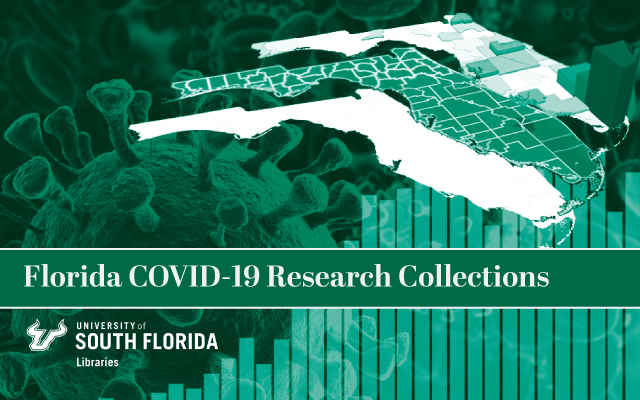
All publications
Document Type
Article
Publication Date
2020
Keywords
Zika virus, Coronavirus, COVID-19, Miami-dade county, Florida, Health systems framework, Pregnancy
DOI
https://doi.org/10.1007/s10995-020-02969-5
Abstract
Objectives: From 2016 to 2018 Florida documented 1471 cases of Zika virus, 299 of which were pregnant women (Florida Department of Health, https://www.floridahealth.gov/diseases-and-conditions/mosquito-bornediseases/surveillance.html , 2019a). Florida's response required unprecedented rapid and continuous cross-sector communication, adaptation, and coordination. Zika tested public health systems in new ways, particularly for maternal child health populations. The systems are now being challenged again, as the Coronavirus COVID-19 pandemic spreads throughout Florida. This qualitative journey mapping evaluation of Florida's response focused on care for pregnant women and families with infants exposed to Zika virus.
Methods: Fifteen focus groups and interviews were conducted with 33 public health and healthcare workers who managed outbreak response, case investigations, and patient care in south Florida. Data were thematically analyzed, and the results were framed by the World Health Organization's (WHO) Healthcare Systems Framework of six building blocks: health service delivery, health workforce, health information systems, access to essential medicines, financing, and leadership and governance (World Health Organization, https://www.who.int/healthsystems/strategy/everybodys_business.pdf , 2007, https://www.who.int/healthinfo/systems/monitoring/en/ , 2010).
Results: Results highlighted coordination of resources, essential services and treatment, data collection, communication among public health and healthcare systems, and dissemination of information. Community education, testing accuracy and turnaround time, financing, and continuity of health services were areas of need, and there was room for improvement in all indicator areas.
Conclusions: The WHO Framework encapsulated important infrastructure and process factors relevant to the Florida Zika response as well as future epidemics. In this context, similarities, differences, and implications for the Coronavirus COVID-19 pandemic response are discussed.
Citation / Publisher Attribution
Maternal and Child Health Journal, v. 24, issue 10, p. 1212-1223
Scholar Commons Citation
Marshall, Jennifer; Scott, Blake; Delva, Jennifer; Ade, Cedrick; Hernandez, Santiago; Patel, Jaladhikumar; Moreno-Cheek, Mantero; Rojas, Dogeli; Tanner, Jean-Paul; and Kirby, Russell S., "An Evaluation of Florida’s Zika Response Using the WHO Health Systems Framework: Can We Apply These Lessons to COVID-19?" (2020). All publications. 60.
https://digitalcommons.usf.edu/usf_fcrc_all/60


Comments
This version of the article is a preprint. A publisher version of article available for free at PubMed Central: https://www.ncbi.nlm.nih.gov/pmc/articles/PMC7314660/